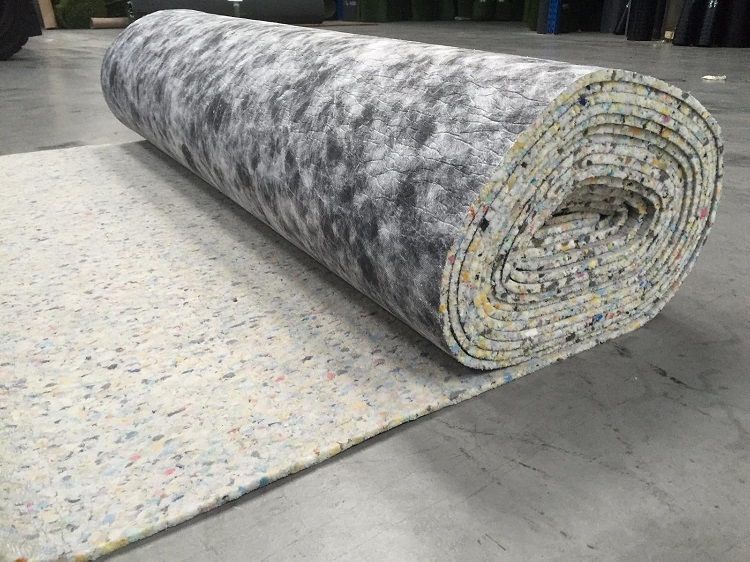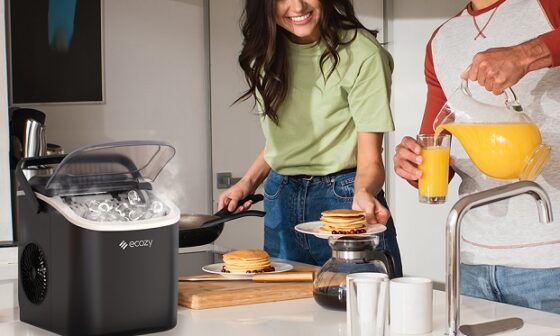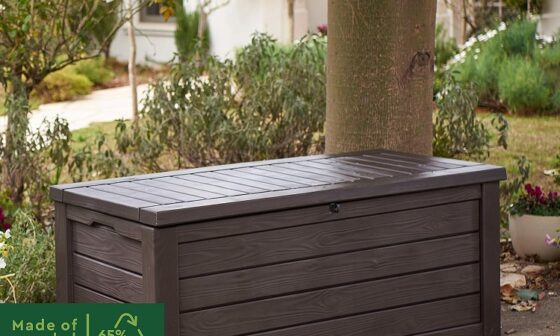A good carpet underlay can make a bigger difference than most people expect. It adds comfort underfoot, helps keep warmth in the room, and can even extend the life of your carpet. The right choice depends on factors like room use, floor type, and budget, but quality and durability should always be at the top of the list. Below, we look at some of the best options available, with a closer look at what makes each one worth considering.

Exceptional
1.SIXNEA 12mm PU Carpet Underlay

Exceptional
2. Flooring Direct 10mm Foam Underlay

Exceptional
3. Royale 12mm Foam Carpet Underlay

Exceptional
4. T & A Upholstery 10mm PU Underlay

Exceptional
5. Plushwalk 12mm Memory Foam Underlay
What types of carpet underlay are available in the UK?
The main types are:
-
PU Foam Underlay: Made from recycled foam, lightweight, and known for excellent comfort and insulation. Suitable for most domestic settings.
-
Rubber Underlay: Includes crumb rubber (denser, great for durability and sound reduction) and sponge rubber (springy and comfortable). Well-suited for high-traffic areas.
-
Felt Underlay: Traditional, firm underfoot, and excellent for moth resistance. Often chosen for woven carpets such as Axminster and Wilton.
-
Combination Underlay: A mix of felt and rubber, offering both comfort and durability, often used in commercial and busy domestic settings.
-
Specialist Underlay: Designed for underfloor heating compatibility, moisture resistance, or extra acoustic performance.
What underlay is best for stairs?
Stairs require a firm, durable underlay to prevent movement and excessive wear. A high-density rubber or PU foam underlay around 8–9 mm thick is ideal. It should be flexible enough to wrap around stair edges but resilient enough to handle heavy foot traffic without flattening quickly.
How do I maintain carpet underlay?
Once fitted, underlay requires very little maintenance. Its main care comes indirectly through keeping the carpet clean and dry. Avoid prolonged exposure to moisture, as it can cause mould and reduce performance.
Can underlay help with soundproofing?
Absolutely. Underlay can significantly reduce impact noise (footsteps, dropped objects) and, to a lesser extent, airborne noise (voices, music). If sound reduction is a priority, such as in flats, upstairs rooms, or home offices, choose a dense rubber underlay with a high dB rating. Some specialist acoustic underlays can offer improvements of 30 dB or more in impact sound reduction.
Can I lay carpet without underlay?
It’s possible but not recommended for domestic settings. Without underlay, carpets tend to wear faster, feel harder underfoot, and provide less insulation. Direct fitting to the subfloor is more common in commercial situations where hard-backed carpets are glued down, but for home use, underlay almost always pays for itself in comfort and longevity.
How does underlay affect insulation?
Underlay acts as an additional thermal barrier, helping to keep rooms warmer in winter and cooler in summer. The insulation level is indicated by the tog rating. Higher tog ratings offer better heat retention (ideal for bedrooms and lounges without underfloor heating), while low tog is essential if you need heat to pass through from underfloor systems.
How long does carpet underlay last?
Good quality underlay typically lasts 15–25 years, depending on the material and the level of foot traffic. In low-use rooms, it can last through more than one carpet replacement. Heavy-use areas like hallways and stairs will naturally wear faster, so a more durable type should be chosen in these spots.


